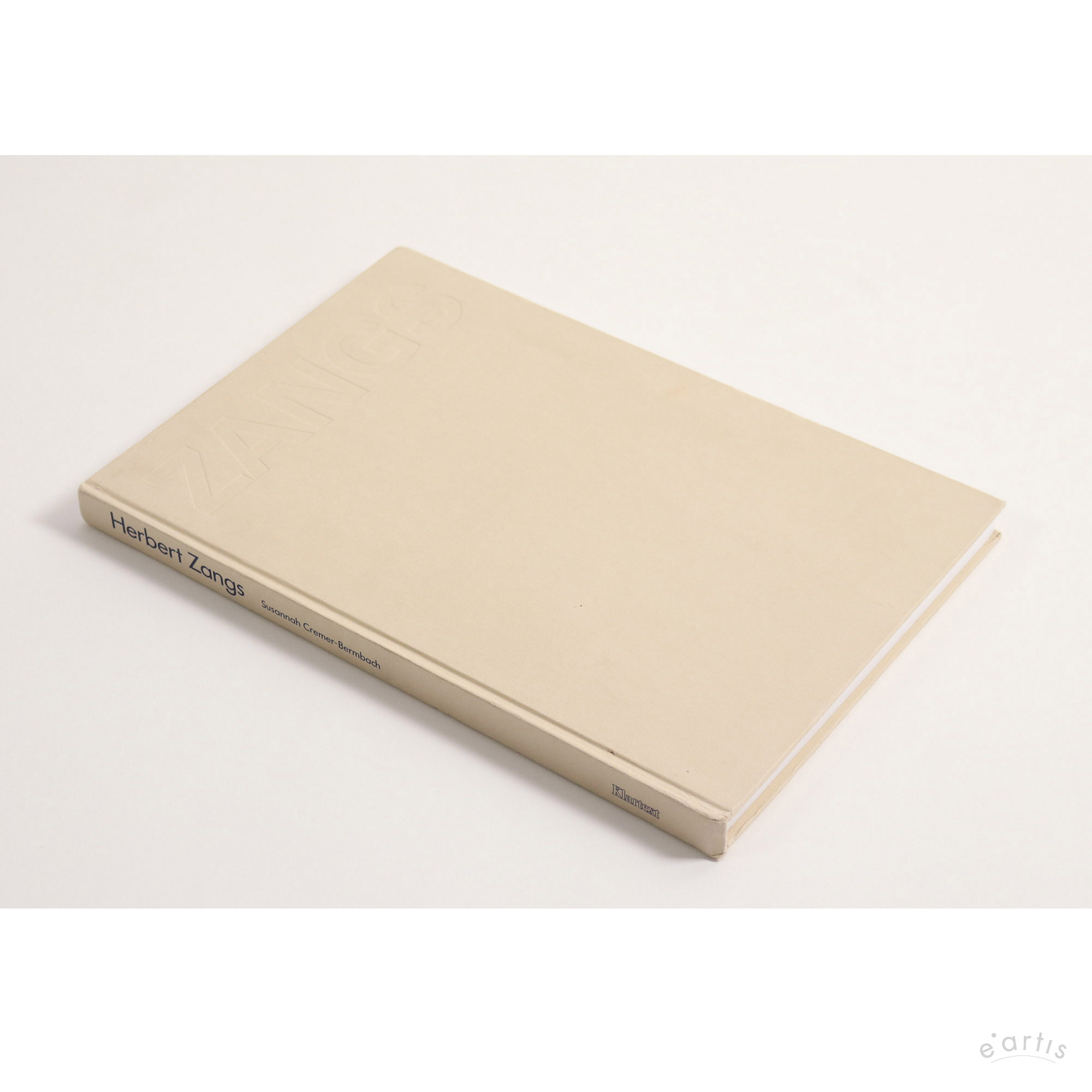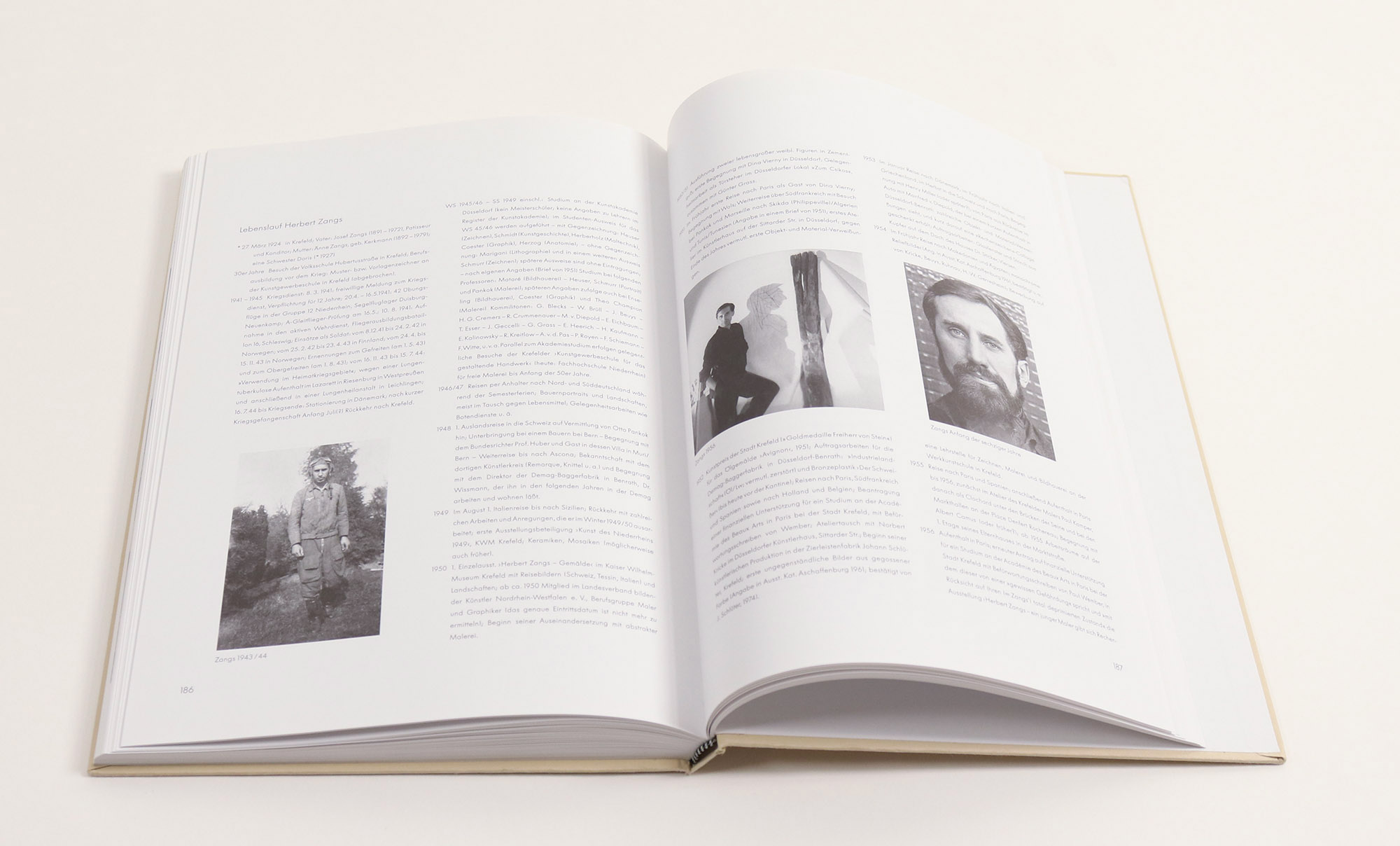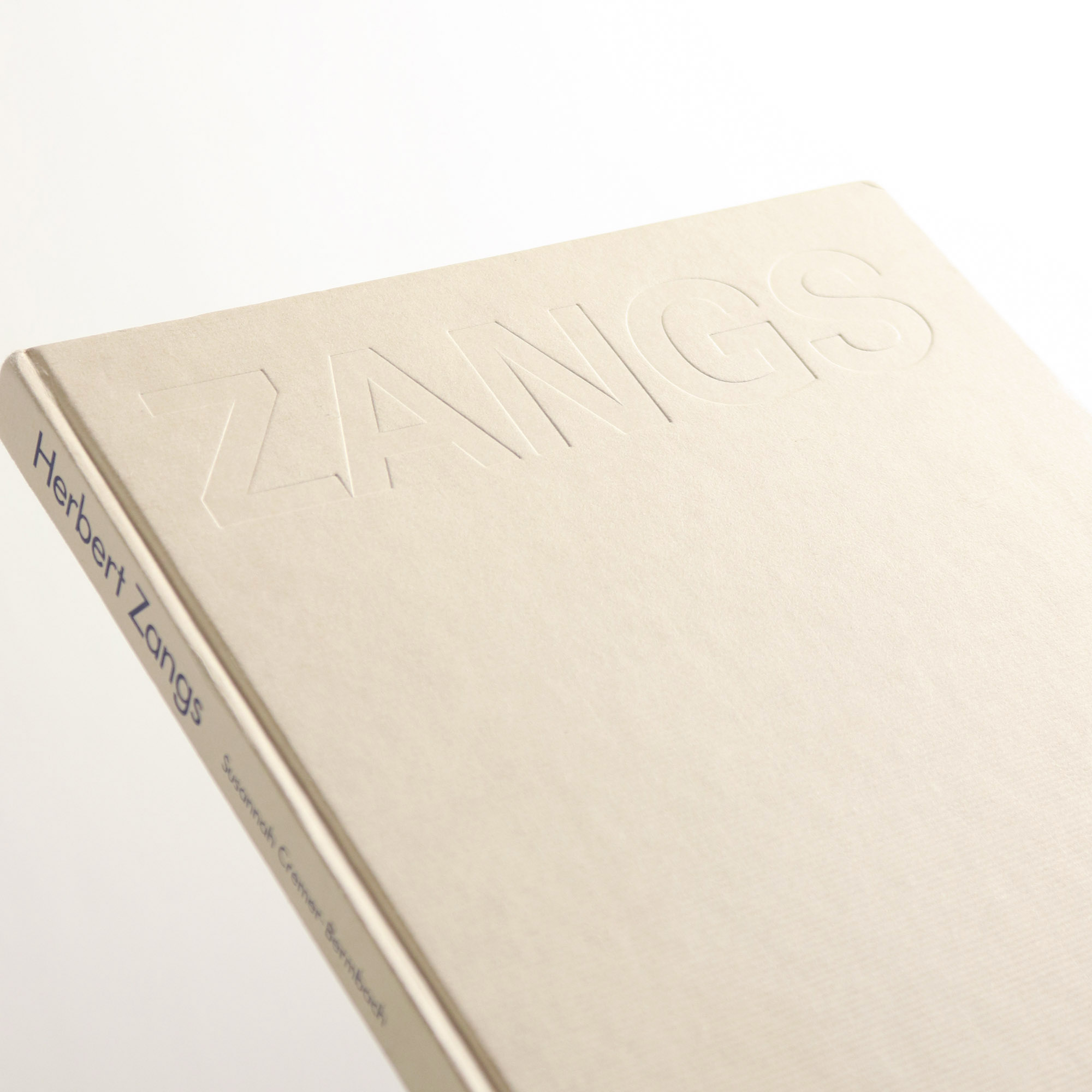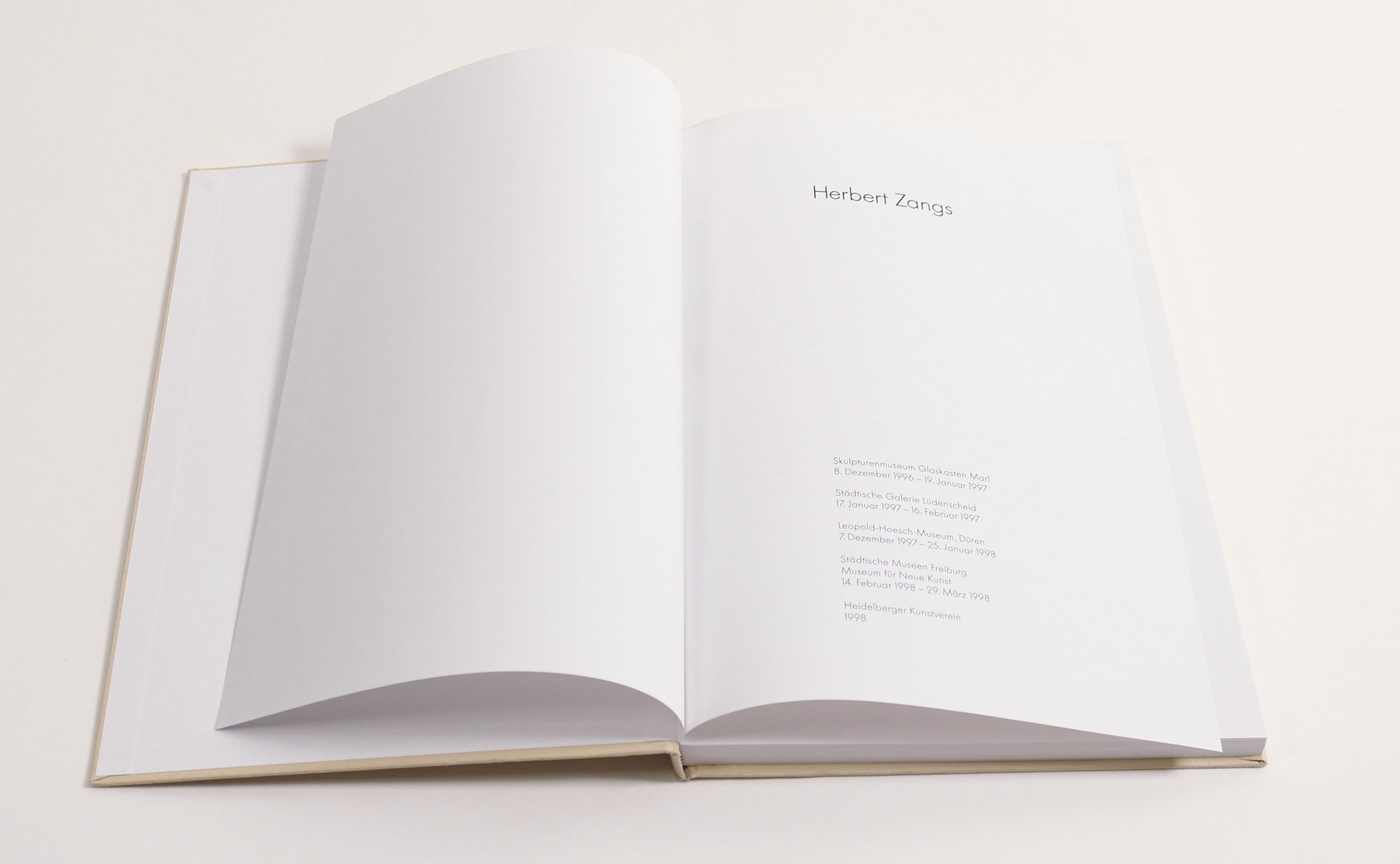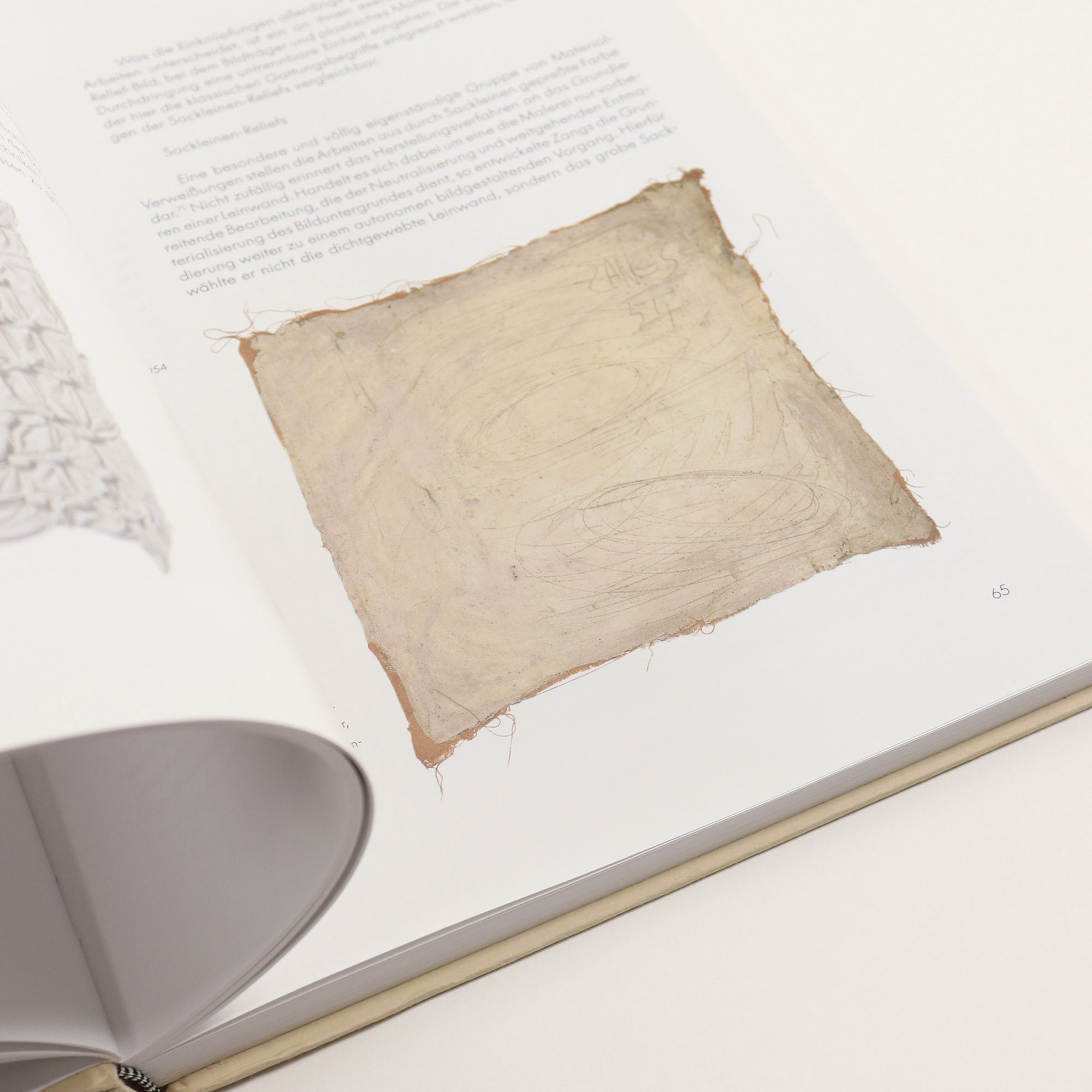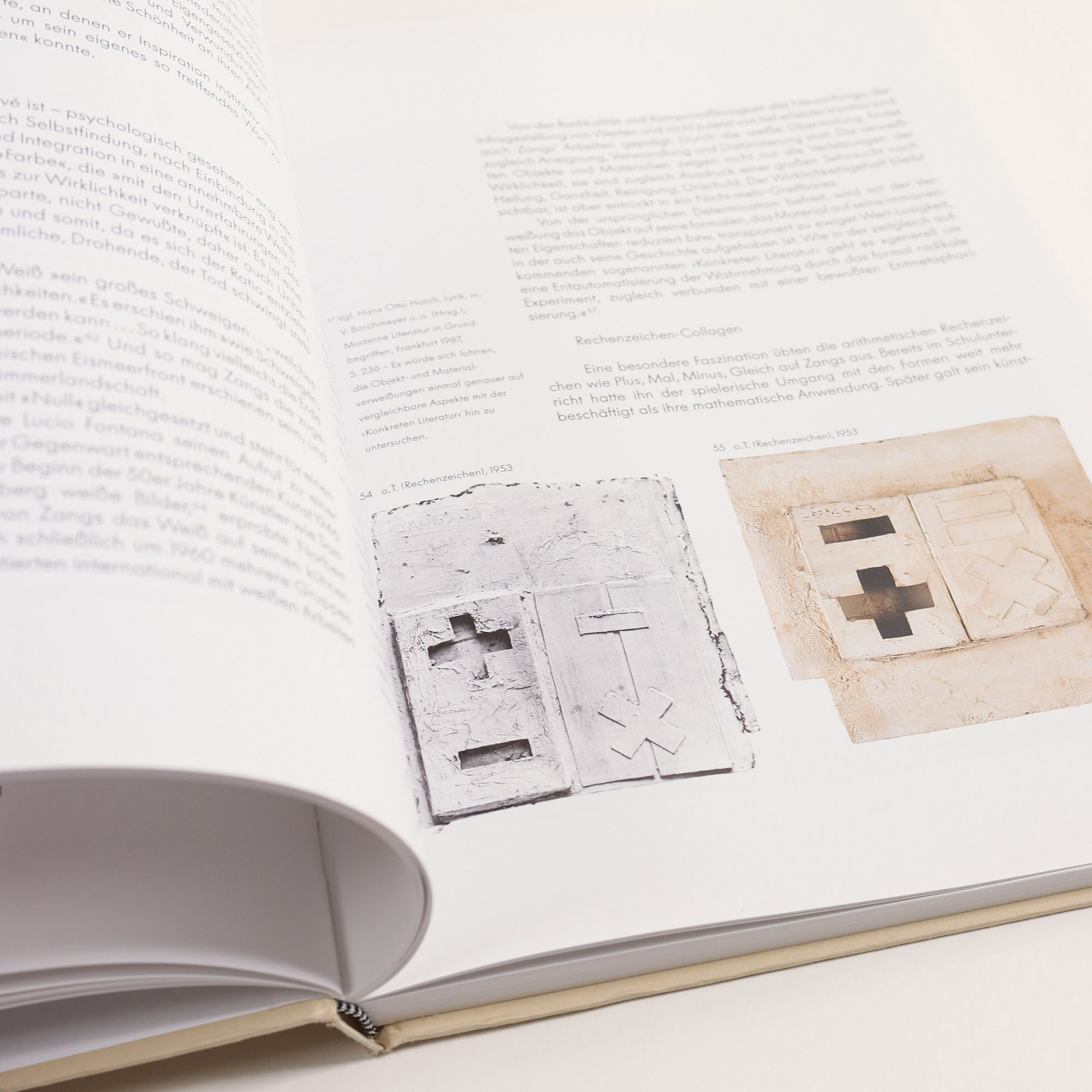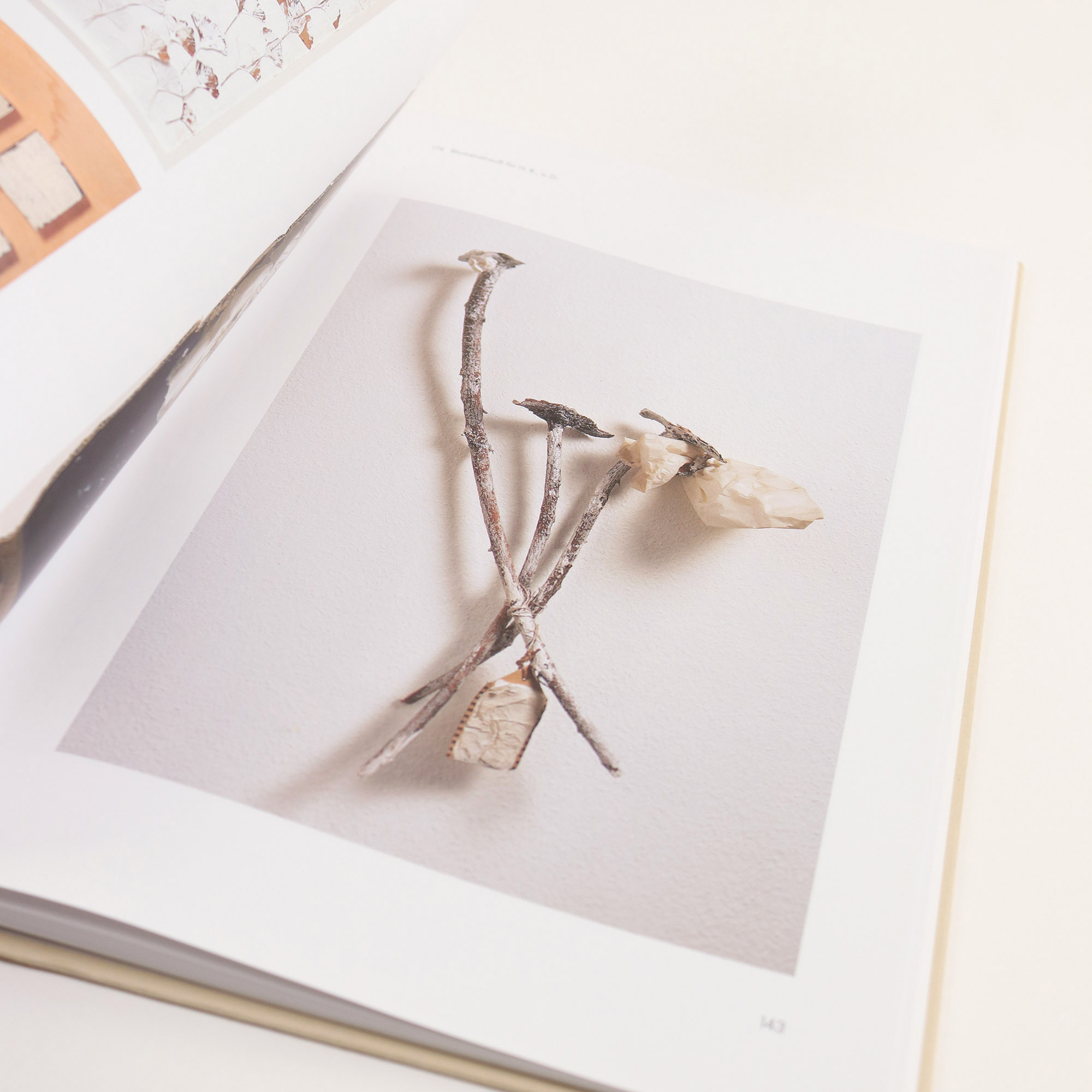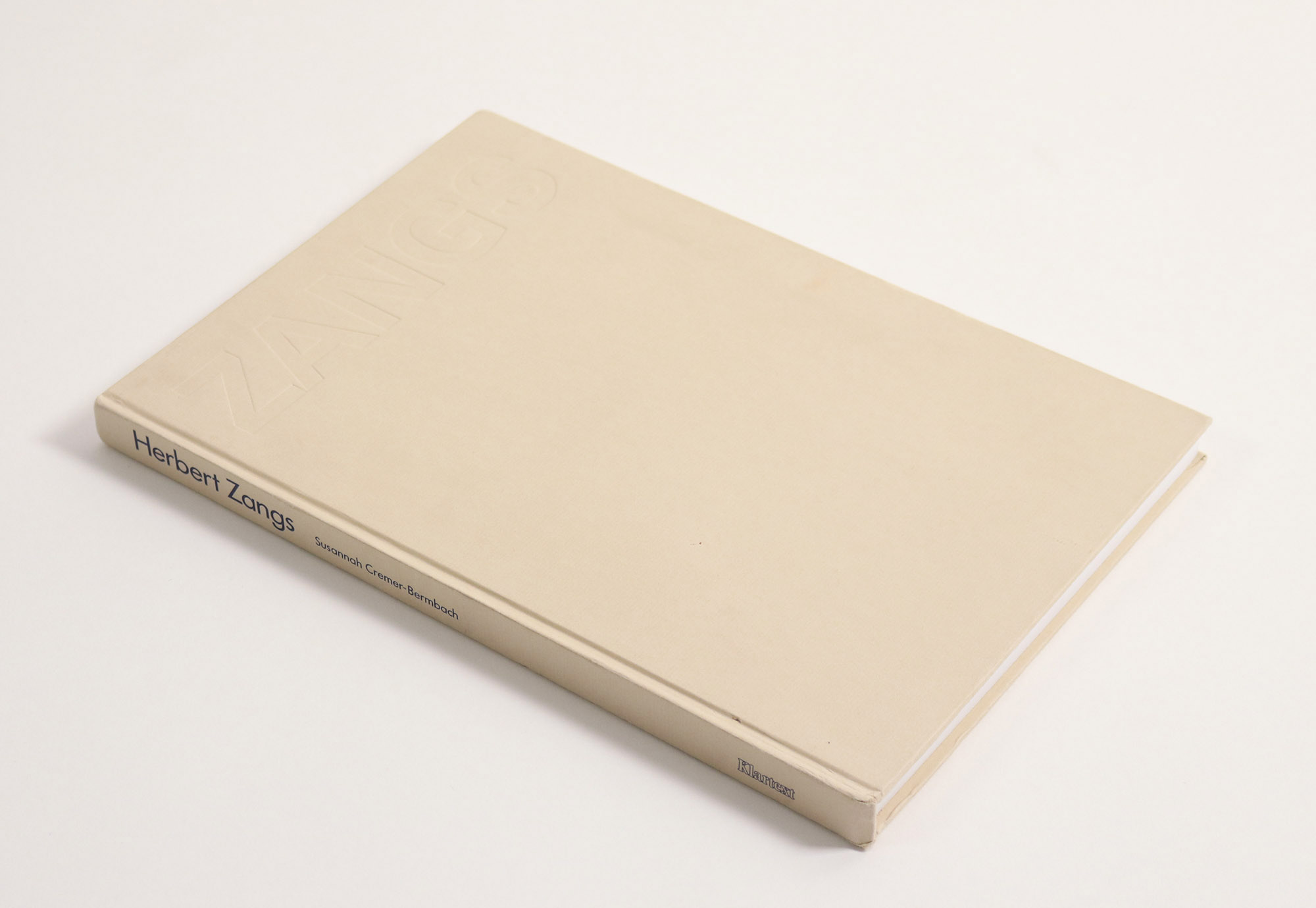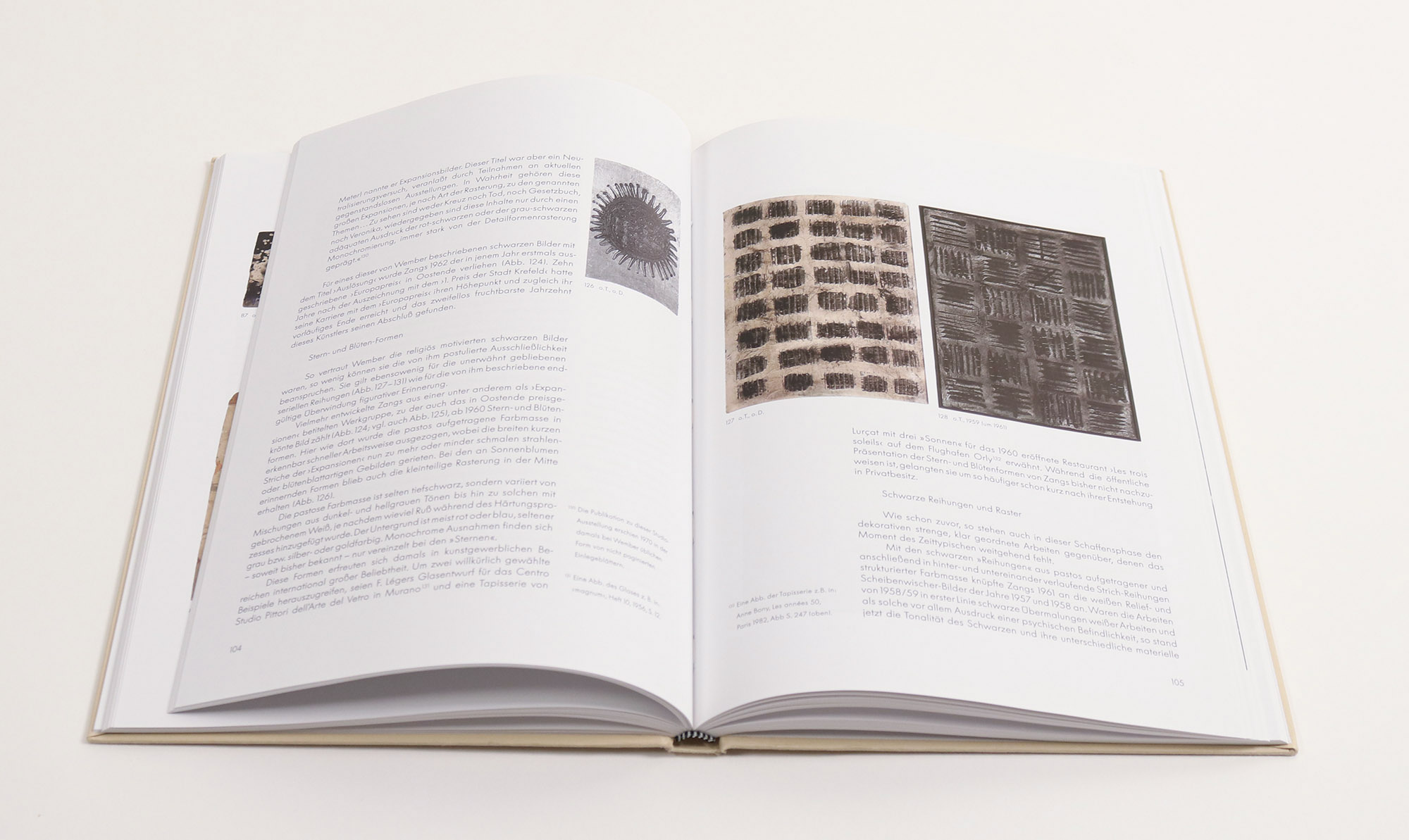| Category | Publication |
|---|---|
| artist | Zangs, Herbert |
| year | 1996 |
| Title | Herbert Zangs - Werkmonographie |
| size 1 | 30,5 x 21,3 cm |
| material | Printed book in embossed cardboard cover with 215 pages and numerous, mostly colour illustrations |
| edition | - |
| signature | - |
| publication | Cremer-Bermbach, S. (1996). Herbert Zangs. Werkmonographie. Essen: Klartext Verlag |
| Provenance | Private Collection Germany |
Herbert Zangs Herbert Zangs - Werkmonographie (1996)
- Published by the Skulpturenmuseum Glaskasten Marl
- Comprehensive overview of the work by Susannah Cremer-Bermbach
- Important representative of the German Informel
- Reference study with numerous colour illustrations and contextual information
€290.00*
- The artwork is available immediately and can be viewed at any time in our gallery.
- Ready for shipment within 2 days.
- Free shipping within Germany.
Informations
condition
|
The Publication is in a very good state of preservation Binding with minimal surface marks and soiling. |
artist
|
Herbert Zangs was born in Krefeld in 1924 and died there in 2003. Zangs studied at the Kunstakademie Düsseldorf, together with Günter Grass. He was an important German artist of Informel. His works can be divided into several stylistic groups, for example the "Ver-Weißungen"' ("Whitening") Source: This text based upon the article Herbert Zangs from encyclopedia Wikipedia which is available under GNU Licence of free documentation. The list of contributers you can find at wikipedia.org |
e.artis safety
Art trade is a matter of trust.
Features and remarks
Here you have the opportunity to acquire a standard work on the work of Herbert Zangs written by Susannah Cremer-Bermbach.
The book, published on the occasion of the exhibition "Herbert Zangs" at the Skulpturenmuseum Glaskasten Marl, offers a comprehensive overview of Zangs' work. The author organises the book chronologically from the 1940s to the 1990s and also distinguishes between different groups of works.
The book is enriched by a foreword by Uwe Rüth, numerous interviews with contemporary witnesses and a detailed appendix.

